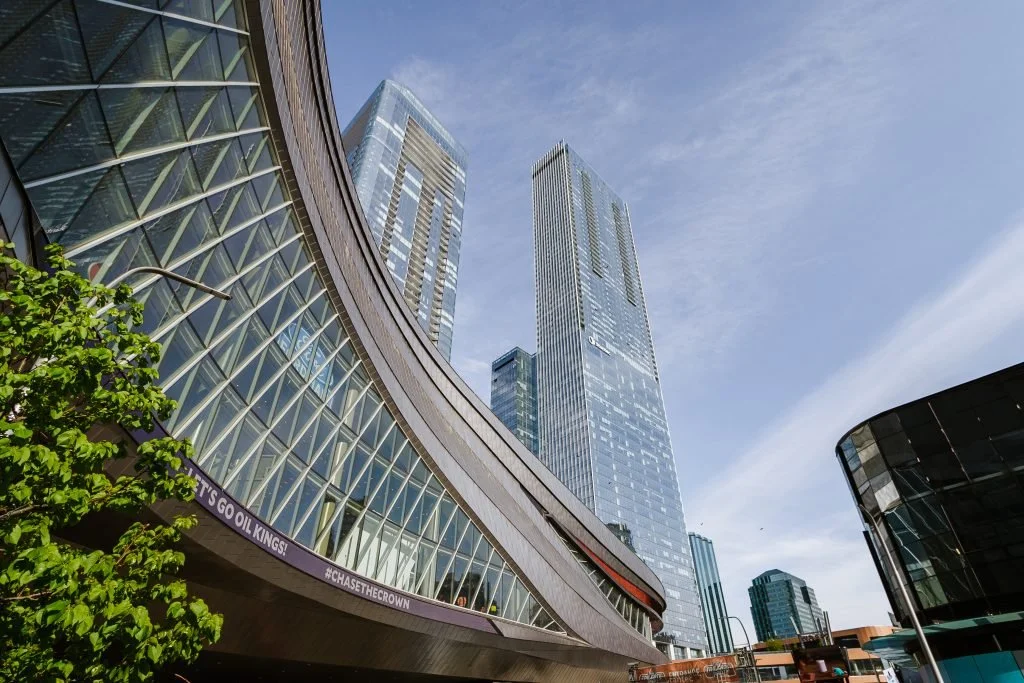City Budget & The Fiscal Gap
Addressing the budget pressures while protecting core services, keeping Edmonton affordable, and setting Edmonton up for success are my priorities.
I want to share information so residents feel informed, heard and empowered to share what’s important to them as we head into some tough trade-off conversations during the fall budget debate.
On that note - I’ve been trying to think about how to unpack the city’s budget in a way that doesn’t make anyone’s head spin! Between discussing capital versus operating budgets, growth spending versus renewal and maintenance costs, jurisdictional responsibilities between levels of government, credit ratings, affordability, user fee elasticity and inflationary pressures - it’s a lot!
My goal is to make sure we are focused on the services and infrastructure needs for residents as we discuss trade-offs, scaling back, and increasing revenue as ways to reduce the fiscal gap.
Edmonton is Canada’s fastest growing major City! Did you know that Edmonton’s population grew 64% between 2001-2024 while the average Canadian City (outside Alberta) grew by 29% in that same time period! And while this growth lends to Edmonton’s vibrancy, it also contributes to pressures on City’s spending for services and infrastructure. This is just one example of the pressures facing the City’s budget.
10 Facts About the ‘Fiscal Gap’:
The Fiscal Gap is caused when expense needs grow faster than revenue raising capacity. This leads to a deficit that needs to be addressed.
There are many factors that have cumulatively led to the current state. The Fiscal Gap was decades in the making and will take time to turn around.
Greater reliance on property taxes has slowly been increasing since the early 2000s when 46% of the City’s operating budget was from property taxes. Today it’s 59%.
The fiscal gap can be narrowed in two ways: increasing revenues and reducing expenses. Both are needed.
Council previously directed Administration to significantly find internal efficiencies (eg; reduction in management positions) and redirect resources towards core services.
User fees are important to allow for more services without putting that cost solely onto taxes. Where and to what degree user fees are adjusted is part of the conversation.
Significant reductions in grants and transfers from other levels of government as well as downloading of responsibilities to municipalities have contributed to shrinking revenue streams and expanded reliance on property tax-revenue.
Property taxes work best for servicing traditional municipal services that have linkages with property ownership (eg; fire services, transit, snow clearing).
Property taxes were never intended for public services that address social inequalities - especially when acting as a regional service hub (eg; addressing the opioid crisis, mental health challenges, or homelessness)
The City’s AA credit rating remains strong and the outlook improved from ‘stable’ to positive’ under this Council. Maintaining a strong credit rating helps in both short and long term financial sustainability.
The city is having hard but transparent conversations ahead and during fall budget discussions about how to adapt the budget with these pressures and set Edmonton up for financial resilience. Please know that I welcome conversations with residents and it’s important to me to hear various perspectives - reach out anytime!
Are you interested in learning more?

